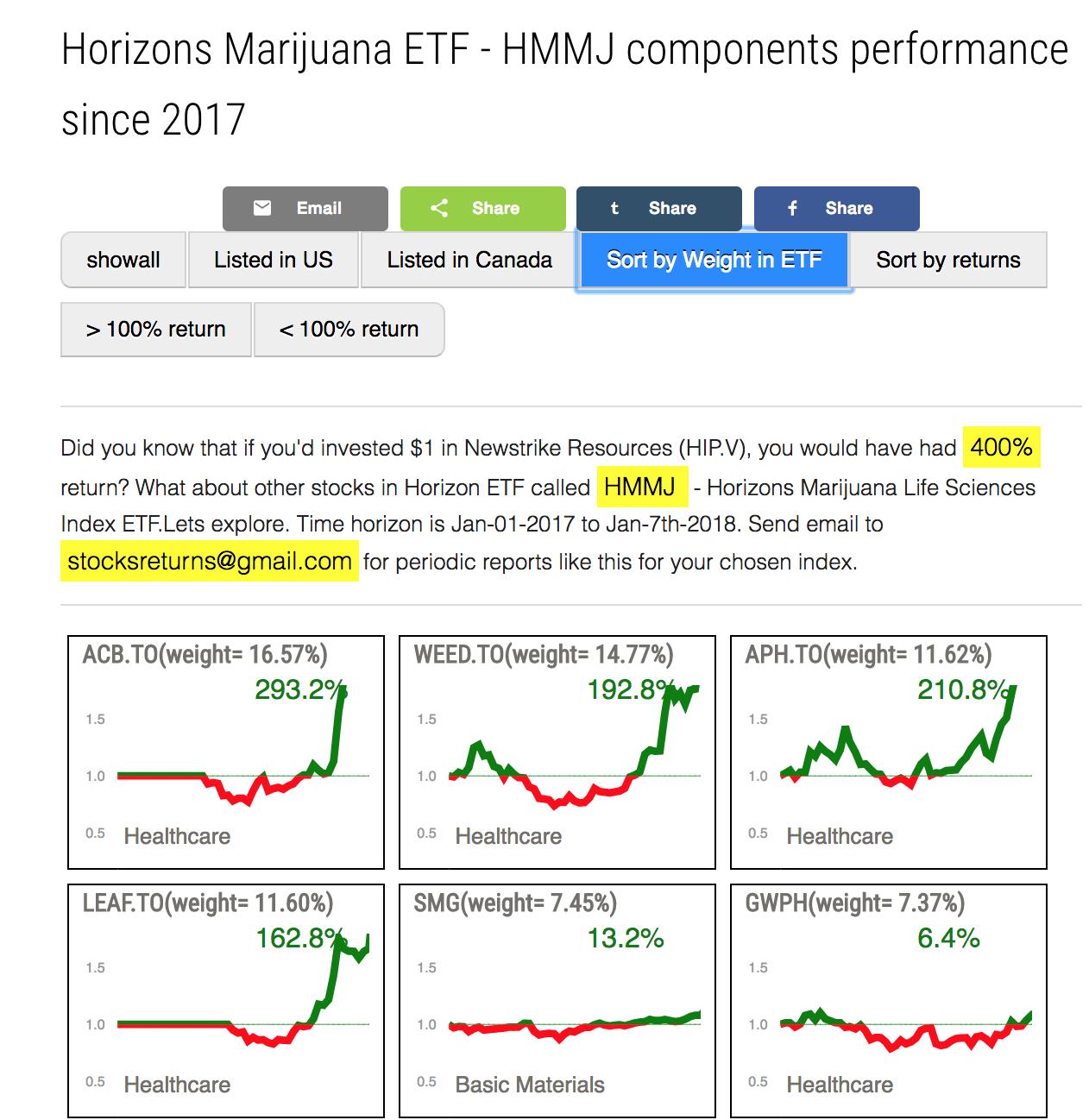Artificial Intelligence (AI) is revolutionizing industries across healthcare, finance, transportation, and entertainment. In healthcare, AI analyzes medical data to improve diagnosis and treatment. Financial institutions use AI for fraud detection and personalized customer service.
Self-driving cars powered by AI enhance transportation safety and efficiency. The entertainment industry benefits from AI-driven recommendation systems and immersive experiences. Overall, the transformative power of AI is reshaping how we live, work, and invest in various industries.
Growing Interest in Investing in AI Technology
Investor interest in AI technology is on the rise as this cutting-edge field continues to gain momentum. With the potential for significant returns, investing in AI offers individuals the opportunity to be part of this transformative industry.
One popular avenue for investment is through AI Exchange-Traded Funds (ETFs), which focus on companies leading the development and utilization of AI.
These specialized funds provide diversification, liquidity, and flexibility, allowing investors to access the growth and profitability potential of the AI sector without having to select individual stocks. The increasing interest in investing in AI technology is driven by rapid advancements in AI capabilities and its proven value across industries.
The COVID-19 pandemic has further accelerated adoption as businesses recognize its resilience and ability to improve efficiency and customer experience.
Overall, investing in AI ETFs allows investors to align their portfolios with companies at the forefront of AI development, enabling them to benefit from ongoing advancements and the transformative impact of this game-changing technology.
What are ETFs and their benefits for investors
Exchange-Traded Funds (ETFs) have become popular investment vehicles due to their numerous benefits. ETFs trade on stock exchanges like individual stocks and offer diversification by pooling together various assets such as stocks, bonds, or commodities into a single fund.
Investing in ETFs has advantages such as lower costs compared to mutual funds, flexibility in trading throughout the day like stocks, and exposure to a diversified portfolio without purchasing each asset individually. These factors make ETFs an attractive option for both novice and experienced investors.
Definition and Purpose of AI ETFs
AI Exchange-Traded Funds (ETFs) are investment vehicles that focus on companies involved in artificial intelligence technology. These ETFs provide investors with a diversified portfolio of stocks from various sectors within the AI industry.
The purpose of AI ETFs is twofold: to offer investors an opportunity to participate in the growth potential of AI technology and to mitigate risk by diversifying investments across multiple companies within the sector.
By investing in an AI ETF, individuals can access a broad range of companies at once, simplifying investment decisions and reducing the need for extensive research on individual stocks.
Reasons to Consider Investing in AI ETFs
Investing in AI exchange-traded funds (ETFs) offers several benefits for individuals looking to capitalize on the potential of artificial intelligence (AI):
-
Diversification: AI ETFs spread investments across multiple companies, reducing the impact of any single company’s performance on the overall portfolio.
-
Access to leading companies: AI ETFs include well-established companies at the forefront of AI technology, allowing investors to gain exposure without selecting individual stocks.
-
Long-term growth potential: As more industries adopt AI applications, the demand for this technology is expected to continue growing rapidly, positioning investors for potential long-term capital appreciation.
-
Professional management: AI ETFs are managed by experienced professionals, providing peace of mind for investors who may not have the time or knowledge to actively manage their own investments.
Considering factors such as expense ratios, historical performance, assets under management (AUM), and fund composition can help investors choose the right AI ETF that aligns with their goals and risk tolerance.
Investing in AI ETFs allows individuals to benefit from diversification, access to leading companies, long-term growth potential, and professional management in the dynamic field of AI.
Performance History and Track Record of the Fund
Before investing in an AI ETF, it’s essential to review its performance history. Analyzing historical returns over different time periods and comparing them with relevant benchmarks or industry peers provides valuable insights into the fund’s financial performance.
Consistency in delivering returns is also crucial, indicating the fund’s ability to weather market fluctuations. Additionally, factors such as management changes, investment strategies, and asset allocation shifts should be considered when evaluating the fund’s track record.
Thoroughly examining these aspects helps investors make informed decisions aligned with their goals and risk tolerance.
| Factors | Importance |
|---|---|
| Historical Returns | High |
| Consistency in Performance | High |
| Comparison with Benchmarks | Medium |
| Management Changes | Low |
| Investment Strategies | Low |
| Asset Allocation Shifts | Low |
Expense Ratios and Fees Associated with the ETF
Expense ratios and fees are crucial considerations when evaluating AI Exchange-Traded Funds (ETFs). These costs vary between funds and directly impact investor returns. Comparing expense ratios and fees among different AI ETFs is essential to ensure optimal investment value.
Expense ratios represent the annual expenses charged by fund managers as a percentage of your investment. They cover administrative costs like portfolio management, legal fees, accounting expenses, and marketing.
Transaction fees apply when buying or selling shares within the fund, while redemption fees discourage early withdrawals or selling before a specified holding period. Account maintenance fees may also be charged by the brokerage firm where you hold your investment account.
Even small differences in expense ratios can accumulate over time, affecting overall returns. Therefore, it’s important to carefully review each AI ETF’s prospectus or fact sheet for detailed information on expenses and performance history.
By comparing these costs across different funds and considering other factors like track record and investment strategy, investors can make well-informed decisions that align with their financial goals.
In summary, evaluating expense ratios and associated fees is crucial when investing in AI ETFs. By selecting funds that strike a balance between expenses and other important factors, investors can maximize their long-term value in this dynamic industry.
Holdings and Allocation Strategy of the Fund
Investors seeking to evaluate the potential risk and return profile of an AI ETF must understand its holdings and allocation strategy. This crucial aspect can be assessed by reviewing the fund’s prospectus or fact sheet, which provides valuable insights into the companies, sectors, or regions in which the ETF invests.
By examining the fund’s holdings, investors can gain a better understanding of its investment focus. This information allows them to assess whether the ETF aligns with their investment goals and preferences.
For example, some AI ETFs may concentrate their holdings in specific industries like healthcare, finance, or technology, while others may take a more diversified approach across multiple sectors.
Diversification is an important consideration when analyzing the allocation strategy of an AI ETF. A well-diversified portfolio spreads investments across different segments of the AI industry. This approach helps mitigate risks associated with individual stocks or industries and enhances the potential for long-term returns.
Furthermore, understanding the geographical allocation of an AI ETF can provide additional insights into its investment strategy. Some funds may have a global focus, investing in AI companies from around the world. Others may concentrate on specific regions known for their advancements in artificial intelligence.
It is worth noting that holding and allocation strategies are not static; they can evolve over time as market conditions change. Regularly reviewing updated information provided by the fund manager is essential to stay informed about any shifts in investment focus or portfolio composition.
In summary, evaluating the holdings and allocation strategy of an AI ETF is crucial for investors looking to assess its potential risk and return profile. By analyzing these factors alongside personal investment objectives, investors can make informed decisions about whether a particular AI ETF aligns with their financial goals and risk tolerance.
[lyte id=’9RQ3Kjdz5Hs’]






